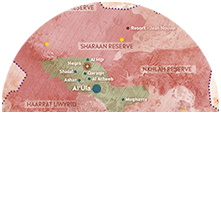0

0

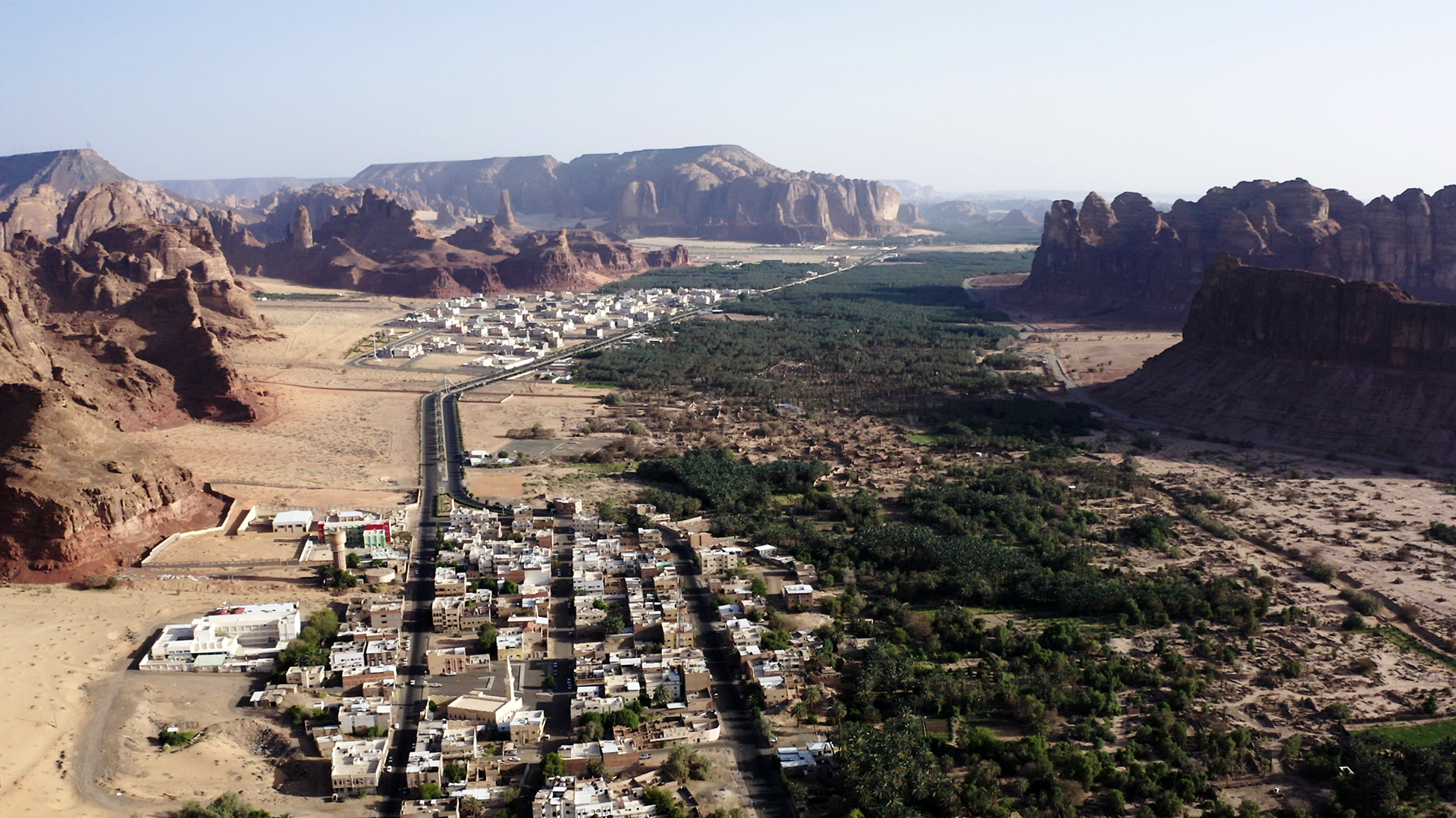



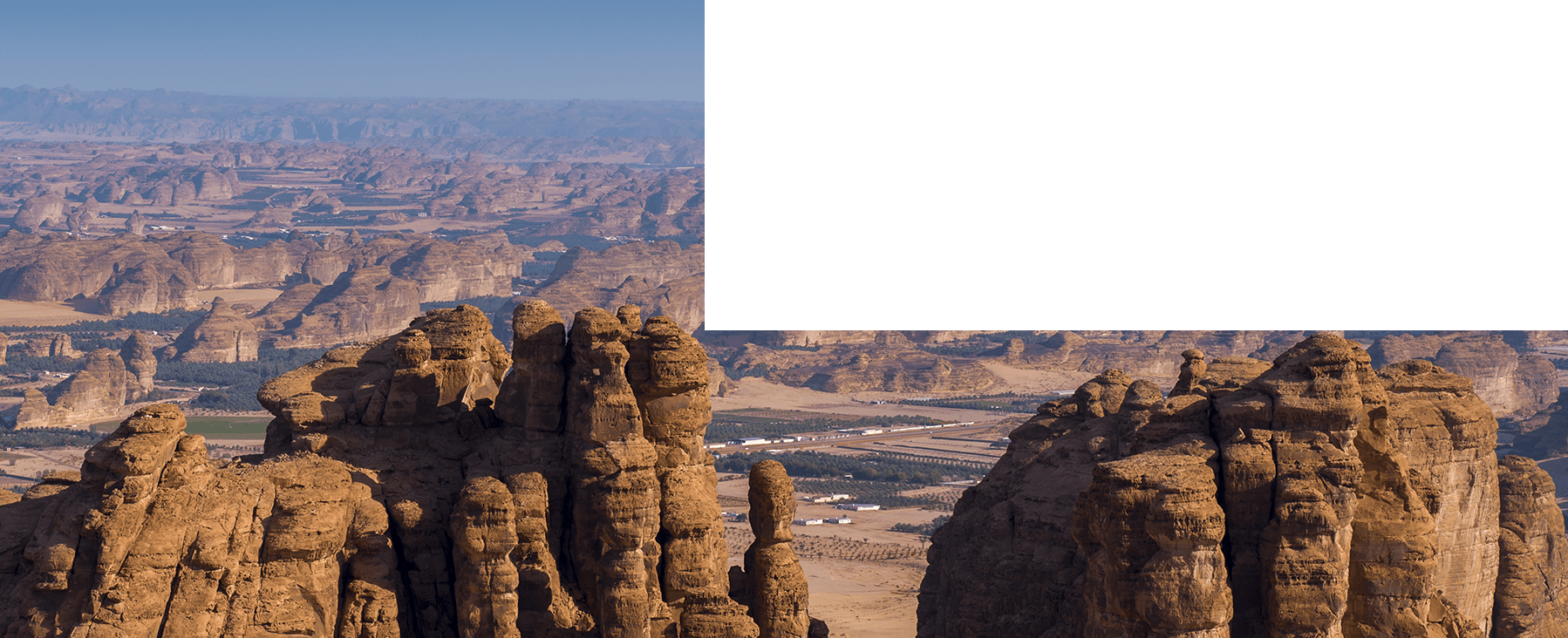
These are some of the many challenges that AlUla will have to face in the next few years, ranging from the development of infrastructures and facilities to the production of water and energy, waste management and reducing the carbon footprint associated with the development of tourism.
Each project developed by AFALULA, in close collaboration with the Royal Commission for AlUla (RCU), is part of a process of sustainable development that is mindful of the area, its history and the local population.
These are some of the many challenges that AlUla will have to face in the next few years, ranging from the development of infrastructures and facilities to the production of water and energy, waste management and reducing the carbon footprint associated with the development of tourism. Each project developed by AFALULA, in close collaboration with the Royal Commission for AlUla (RCU), is part of a process of sustainable development that is mindful of the area, its history and the local population.

Water is a rare commodity in the AlUla oasis. As the area begins its transformation, this essential resource is already under strain with the proliferation of agricultural projects and increasing demand for water for other purposes. To help ensure that water resources and agriculture remain sustainable, the RCU and AFALULA have devised a holistic programme to protect groundwater and water resources.
To better understand the resource, field missions were carried out by the Bureau de Recherches Géologiques et Minières (BRGM) in order to map all of AlUla’s groundwater, define the drainage basins reserved for irrigation and consumption and draw up a plan to transform irrigation systems throughout AlUla’s farming area, in collaboration with a French company, BRL Ingénierie. The goal is to replace “soaking” practices with more efficient and sustainable irrigation systems, such as monitored and controlled drip irrigation. The aim is to produce the same amount of agricultural produce while reducing water consumption by 20-30%. These savings can then be used for other purposes, while also optimising crop yields.
The work carried out by BRGM also led to the development of a hydrogeological model to control the aquifer system and the availability of water. A study called the Integrated Water Management Strategy is currently in process. It aims to ensure that everyone has access to clean water despite major shortages and climate change.

Anne Lardoux,
Director of AFALULA’s Environment & Infrastructures Division
Anne Lardoux,
Director of AFALULA’s
Environment & Infrastructures Division
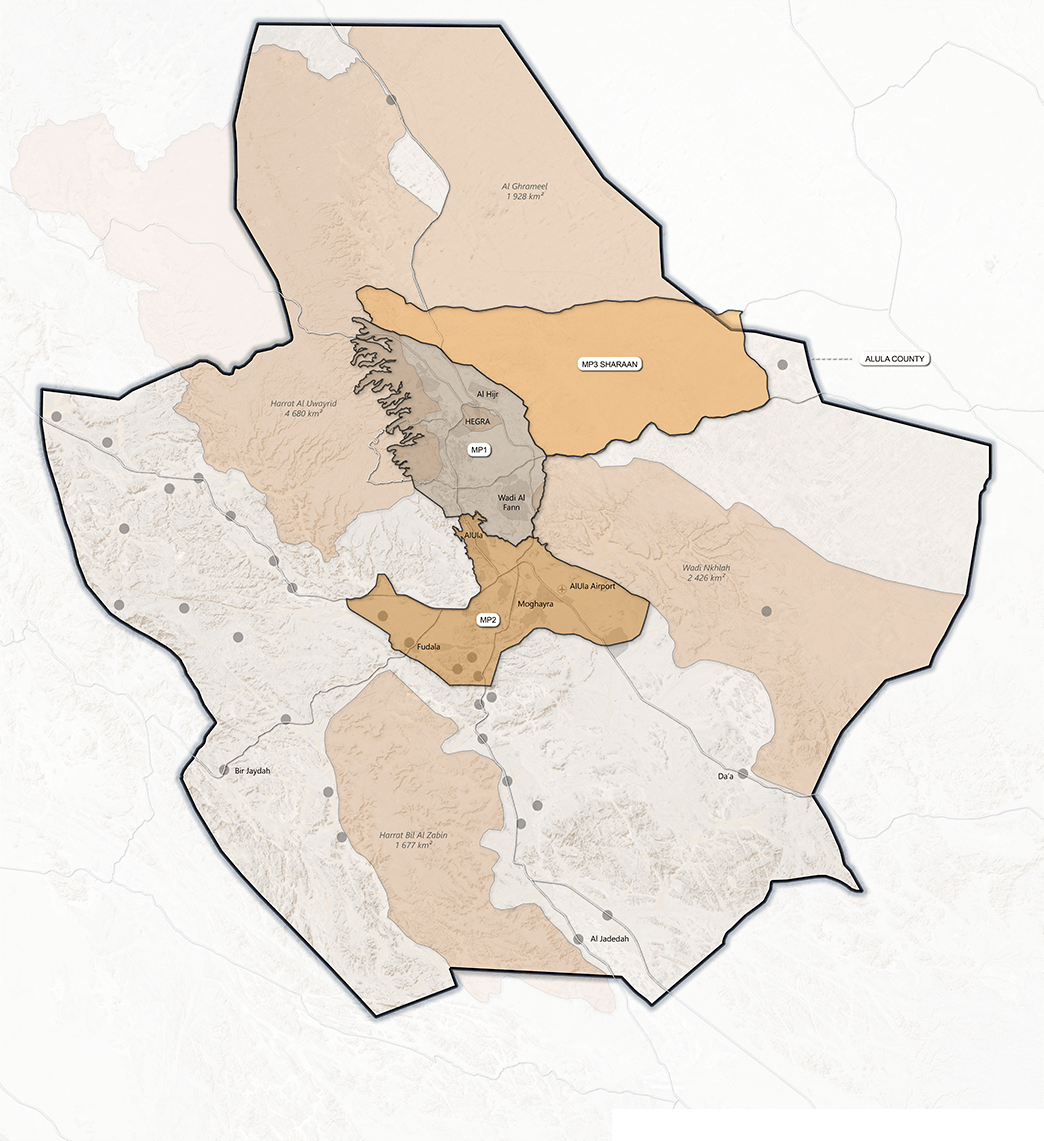
By 2035, AlUla will have become a leading tourist destination. To ensure that visitors are welcomed in the best possible conditions and to meet the local population’s needs, the region must be developed. Public service infrastructures have to be improved to enable both residents and visitors to travel easily and live in complete safety. There is also a need to develop cultural facilities, build accommodation solutions and so on. These are all socio-economic and tourist developments that must be carried out with the utmost respect for AlUla’s natural environment, its historical and archaeological heritage and its local population.
The development of infrastructures is an integral part of the transformation of AlUla, and their ultimate purpose is to provide benefits and services. This is why they all share similar qualities – discretion, integration into the landscape and minimal energy, carbon, water and noise use.
Blue and green infrastructures in the urban environment will help to meet some of the challenges resulting from the arid climate of north-west Arabia and urban densification: managing rainwater, fighting urban heat islands, preserving biodiversity and improving thermal insulation in buildings.

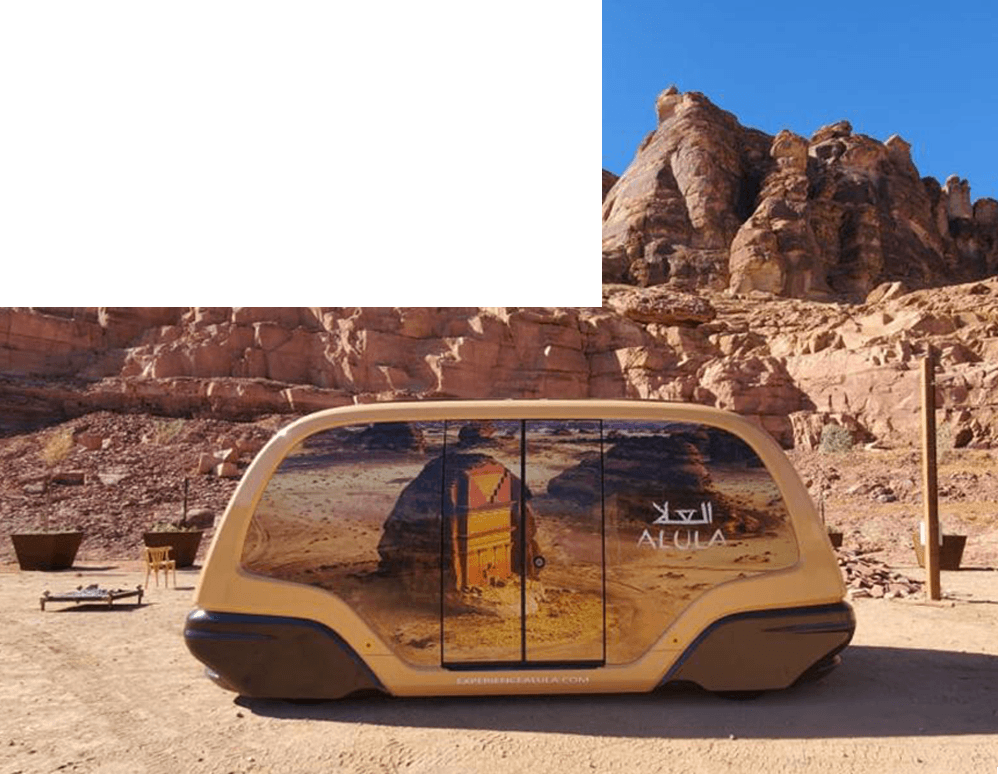

• preservation of natural and cultural sites
• absolute protection of ecosystems
• redevelopment of a balanced agricultural industry
• low-impact tourism
• involving local communities
• authentic restoration of buildings
• invisible security
• circular economy
• connectivity and accessibility
• resilience
Sustainability is the cornerstone of every project carried out by the RCU in collaboration with AFALULA. The AlUla Sustainability Charter formally defines the approach, which is based on “commandments” such as:

SUSTAINABILITY CHARTER
The RCU aims to make AlUla a top-tier “smart county”. To achieve this, it has formed a strategic partnership with the Thales Group. The aim is to use big data and smart data to provide solutions to the region’s needs and to anticipate potential risks, especially in terms of security and tailored applications for residents and visitors.
In an effort to protect the environment from pollution, the wastewater collection lorries have been fitted with geolocation sensors. Thanks to these systems, illegal dumping can be prevented and water collected is sure to be delivered to the appropriate treatment plant.

LEARN MORE

A close-up of the integrated mobility design and implementation project developed through the joint efforts of the Royal Commission for AlUla (RCU) and the RATP group.

RATP DEV


As for architecture, AFALULA has set up the AlUla Design Studio (UDS) with a French partner, ArchitectureStudio, seeking to make AlUla County a reference point for urban development in both its social and environmental aspects. The aim is to focus on day-to-day architecture as part of an ongoing dialogue with local residents. On site, a four-strong team of architects supports and advises residents and landowners on their building projects. In 2021, UDS worked on infrastructure for the AlUla Season, landscaping at the airport and the Belvedere Café. UDS also contributed to designing and developing the future AFALULA campus in 2022.
The Banyan Tree AlUla hotel in the Ashar Valley is the perfect embodiment of contextual architecture. For this high-end luxury hotel project, the architects at AW2 designed suites ‘clad’ in large tents that echo the desert environment, with an emphasis on colours and shapes. The interior design was imagined as a contemporary interpretation of the Bedouin lifestyle.


LEARN MORE

A look back at the origins and inspirations behind the design of Banyan Tree AlUla, as told by its architects, Stéphanie Ledoux and Reda Amalou.

THE BANYAN TREE ALULA RESORT
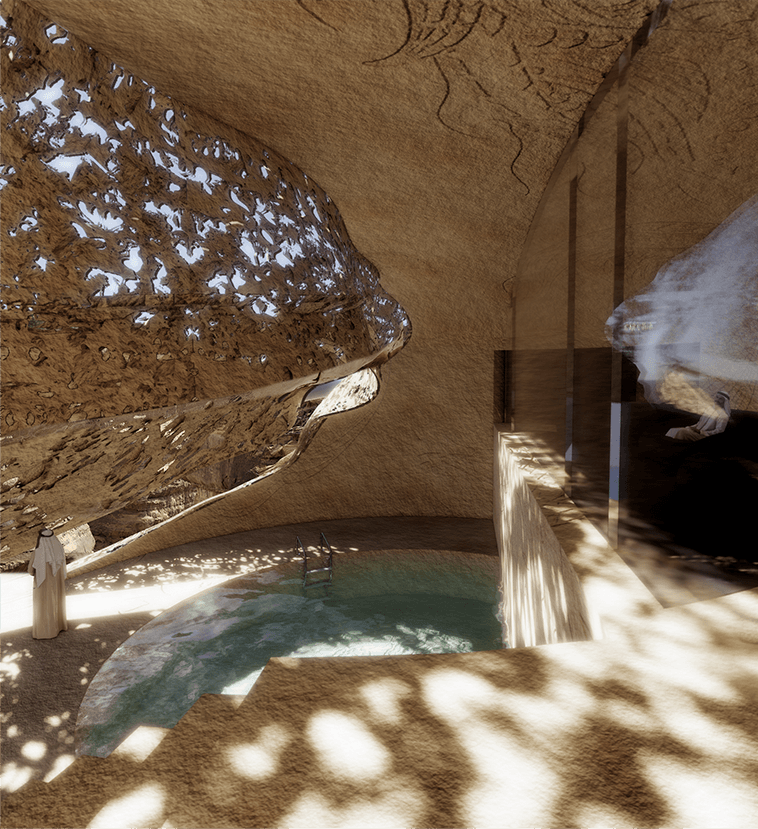

Set in the heart of the Sharaan Nature Reserve, this troglodyte hotel will open its doors in 2028 for the lucky visitors. In line with AlUla’s sustainability charter, it has been designed in synergy with the natural environment and as close as possible to indigenous wildlife and flora.
Studies of the site have led to the development of passive strategies and geological heat transfer, which will cool the property in summer and provide the necessary heat in winter. Carved into the rock, the building, inspired by ancestral Nabataean practices, will limit the use of drinking water and treat wastewater so that it can be recycled for irrigation and other purposes.

AN ICONIC HOTEL
DESIGNED BY JEAN NOUVEL


AlUla is a true shrine where history, culture, archaeology, geology and nature meet. The restoration, protection and enhancement of this heritage are at the heart of its development.
Working closely with the RCU, AFALULA conducts and supervises numerous archaeological research projects (excavation, site survey, study) involving more than 120 multidisciplinary archaeologists from different countries. One of these flagship projects is at the Dadan site. This capital city of several pre-Islamic kingdoms contributed to the development of the AlUla valley.

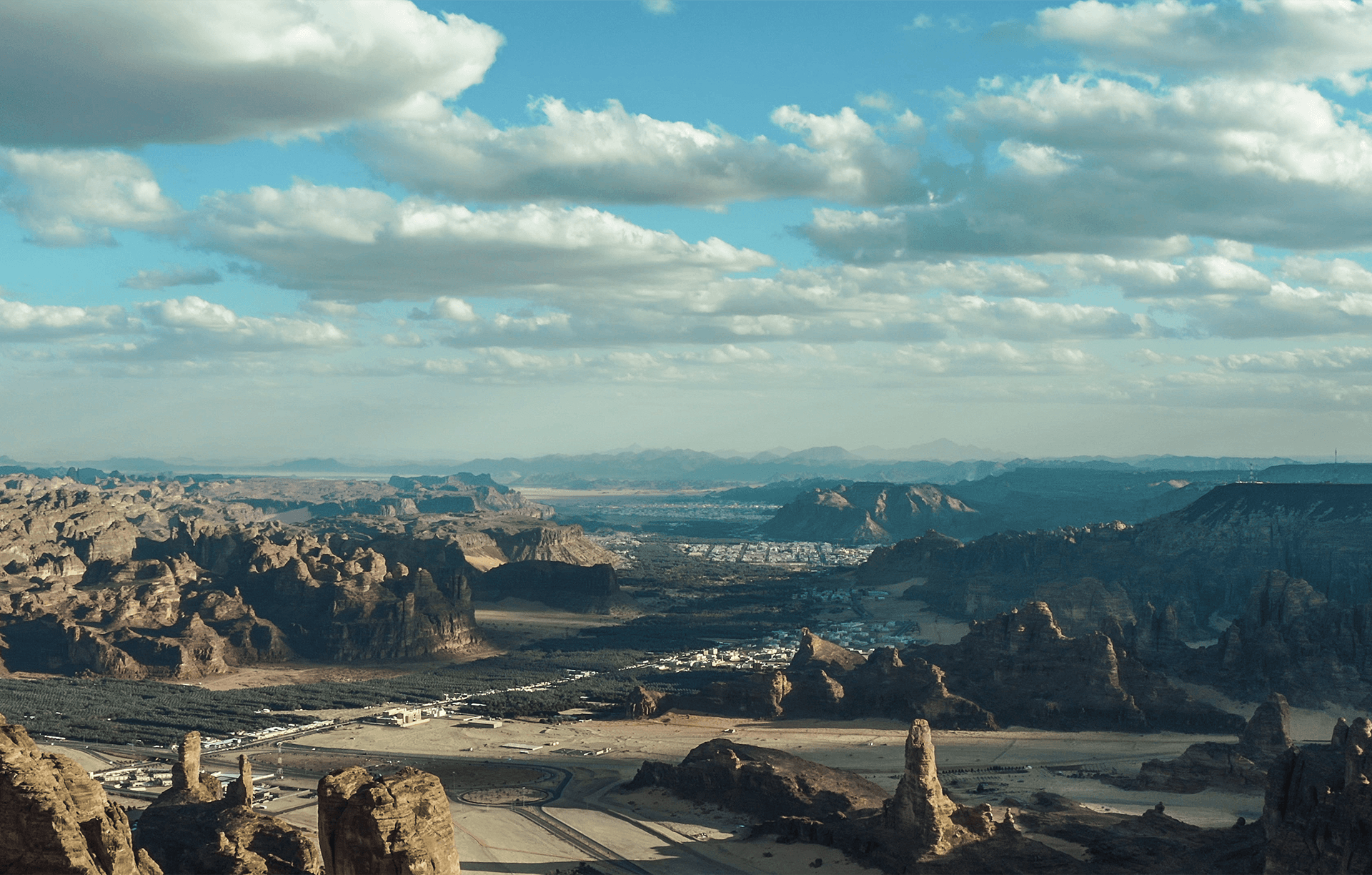
Reducing the carbon footprint of the “new” AlUla is of course a key challenge for the RCU and the Agency. The Local Building Materials project is part of this effort. Developed by AFALULA in partnership with the Bureau de Recherches Géologiques et Minières (BRGM) and the Centre de Recherche et d’Application en Terre (CRAterre), this project promotes the use of local building materials: stone, sand, earth, wood, etc.
The use of local building materials contributes to the development of short supply circuits and promotes a circular economy, with less transport and waste, as well as the involvement of local residents.

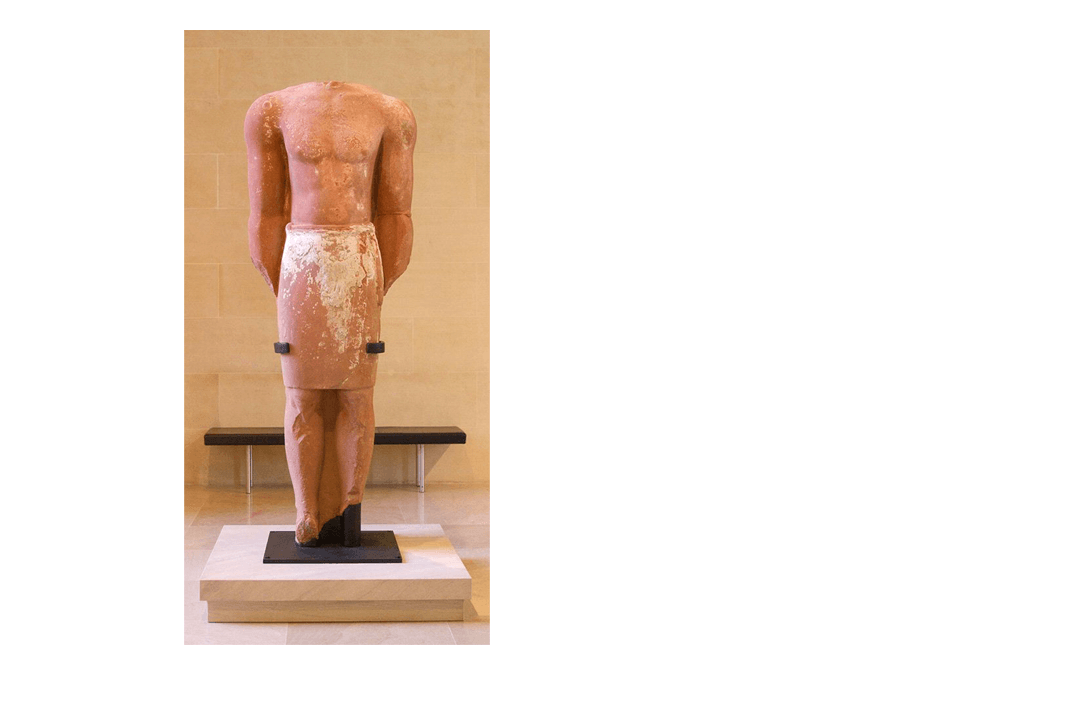

LEARN MORE

Discover the story of the Dadan Colossus, an impressive statue from the Lihyanite period, on display at the Musée du Louvre until 2027.

THE ODYSSEY
OF THE DADAN COLOSSUS


















BACK TO HOMEPAGE
TOP
NEXT
- Share -






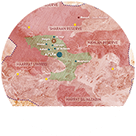

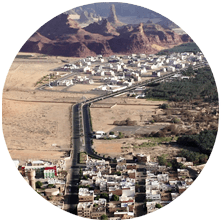



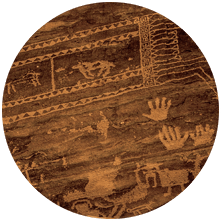







GO TO AFALULA.COM
READ PREVIOUS ISSUES
Subscribe to the newsletter



















